Recovery Heat Greenhouse: Use Data Center Waste Heat with Hortinergy
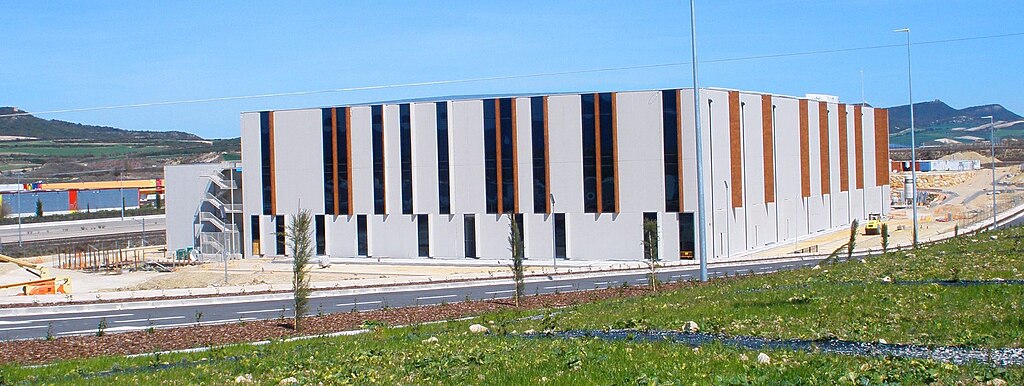
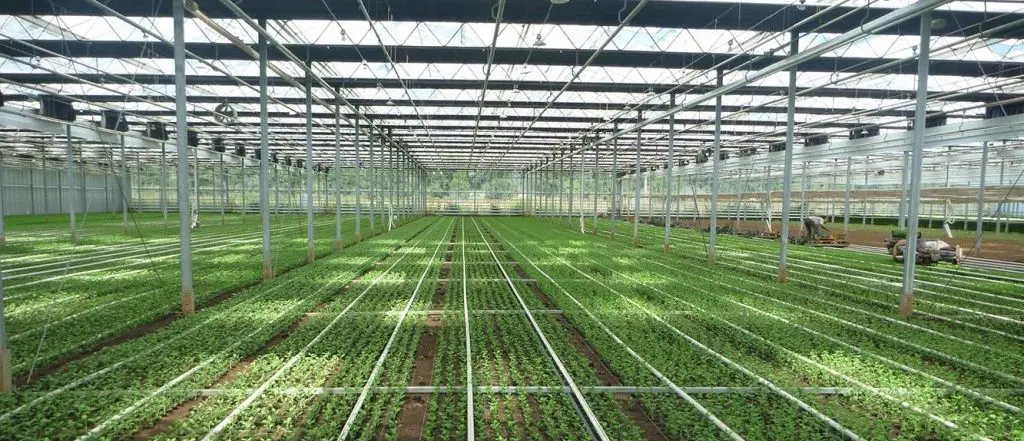
A data center heat recovery system presents a powerful opportunity to heat a greenhouse efficiently and sustainably. Since data centers require cooling year-round, the constant generation of excess heat becomes a valuable energy source. Instead of wasting this heat, it can be redirected and repurposed to warm a recovery heat greenhouse, reducing reliance on fossil fuels and lowering operational costs.
The concept of a recovery heat greenhouse involves capturing the waste heat from the data center’s cooling systems and using it to maintain optimal temperature conditions inside the greenhouse. This approach not only improves energy efficiency but also aligns with sustainable agriculture and carbon reduction goals.
By integrating a recovery heat greenhouse into a data center’s energy strategy, both sectors—IT and agriculture—benefit. The greenhouse gains a stable, low-cost heating source, while the data center enhances its environmental performance through smart heat reuse. Hortinergy makes it easy to simulate and optimize this system, helping you design a high-performing recovery heat greenhouse backed by real climate and energy data.
1 -Using Data Center Heat Recovery to Supply a Recovery Heat Greenhouse
In a recovery heat greenhouse, waste heat from data centers is captured and reused instead of being lost. This recovered heat is used directly to warm the greenhouse, reducing energy costs and improving sustainability.
During the day, when heating demand is lower, excess heat is stored in a water buffer tank for later use. If the buffer is empty and recovered heat is not enough, an additional energy source is used to maintain the required climate inside the recovery heat greenhouse.
2 - What Are the Hortinergy Parameters and Outputs for a Recovery Heat Greenhouse?
Here under a case study for a 1 hectare project in France.
Input:
- Recovery heat: 500 kW
- Buffer tank: 500 m³, 10 m height, 20 cm insulation
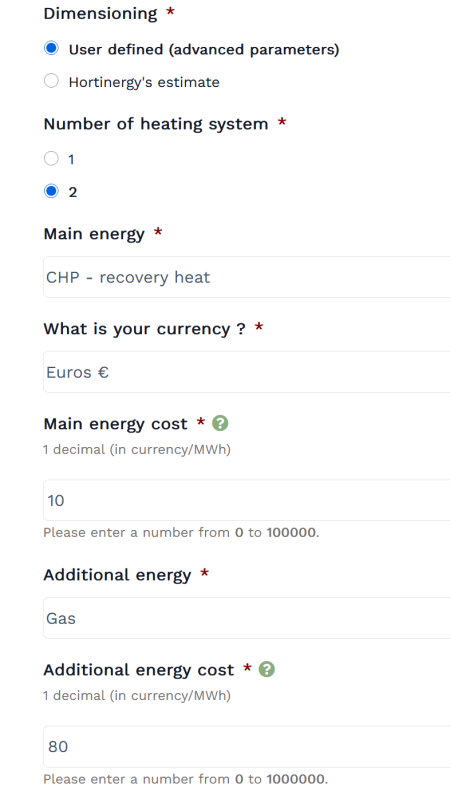
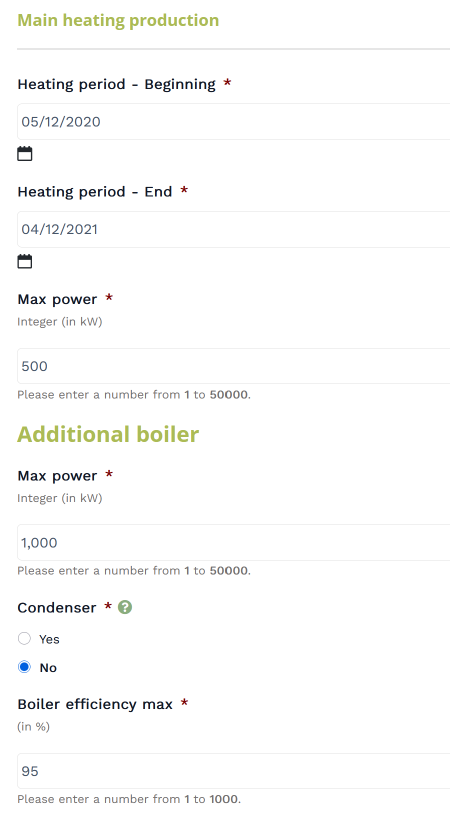
If the buffer tank is fully discharged and the recovered heat is not sufficient to meet the heating demand, the system can be supplemented with additional energy sources to ensure consistent climate control inside the recovery heat greenhouse. This integrated approach ensures that energy use is minimized while maximizing the use of available heat from the data center.
By combining smart heat recovery with thermal storage and greenhouse climate simulation (through tools like Hortinergy), a recovery heat greenhouse becomes a highly efficient, low-carbon solution that benefits both the data center and agricultural sectors.
Outputs :
- Annual energy provided by data center
- Additional heating required
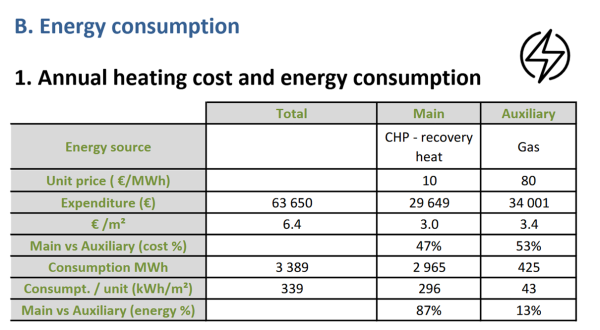
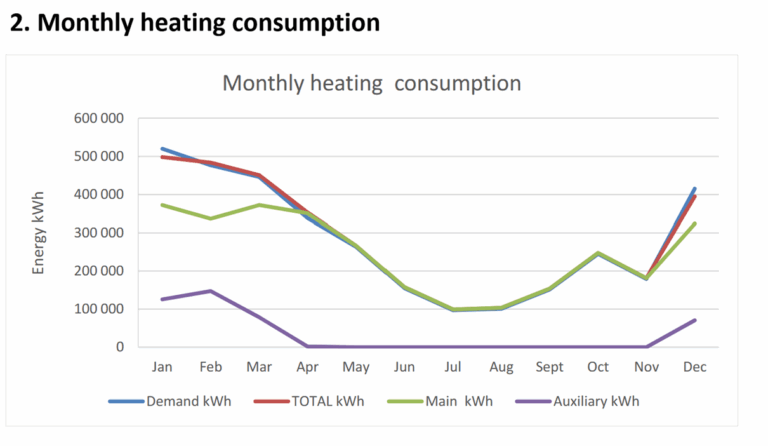
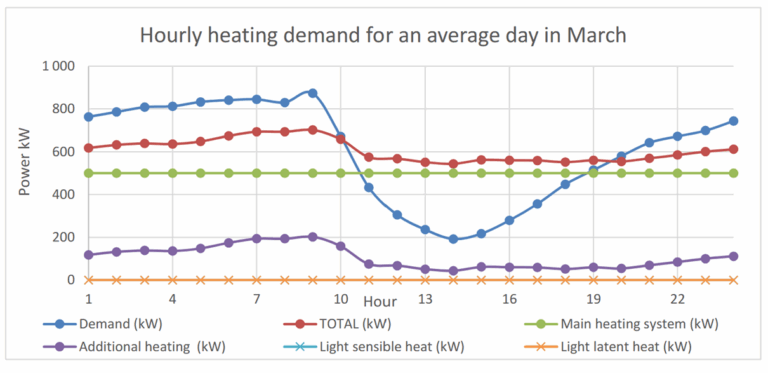
At night and in the mornings, a huge part of the heating demand is provided by the data center’s heat recovery system (main heating system, for 500 kW). The remaining heating demand requires using additional heating.
During the rest of the day, excess heat from the data center heat recovery system can be used to warm the buffer tank. For instance, in this graph, the buffer tank is storing heat energy from 11 am to 6 pm.
With Hortinergy, you can simulate screens, sustainability, cannabis greenhouse , supplemental lighting, and calculate carbon tax rebate. We provide also trainings on energy consumption to be a greenhouse designer.
Hortinergy is an online software. You can choose your offer, create an account and start your project.
Our consulting company Agrithermic can also support you in the design and calculations.
